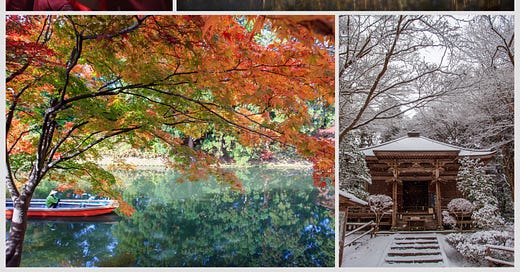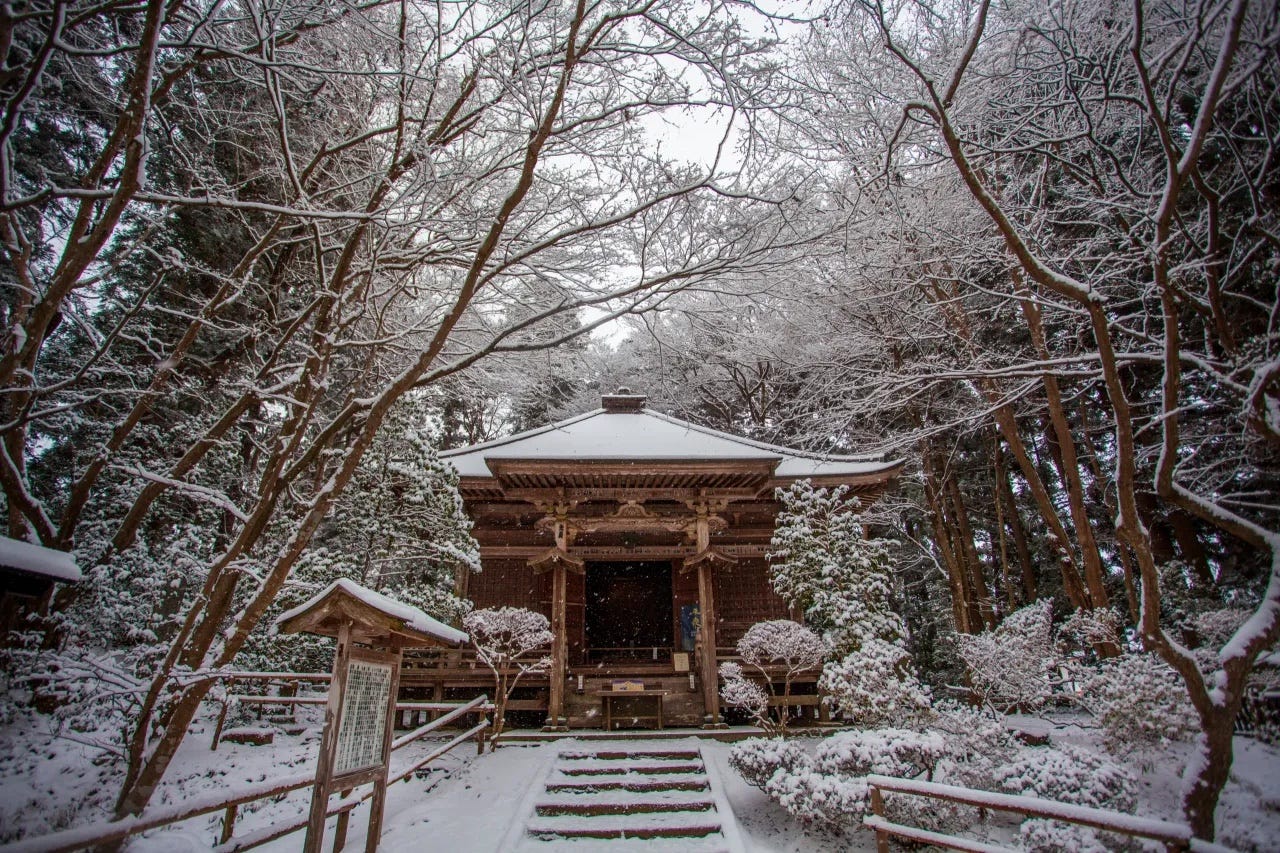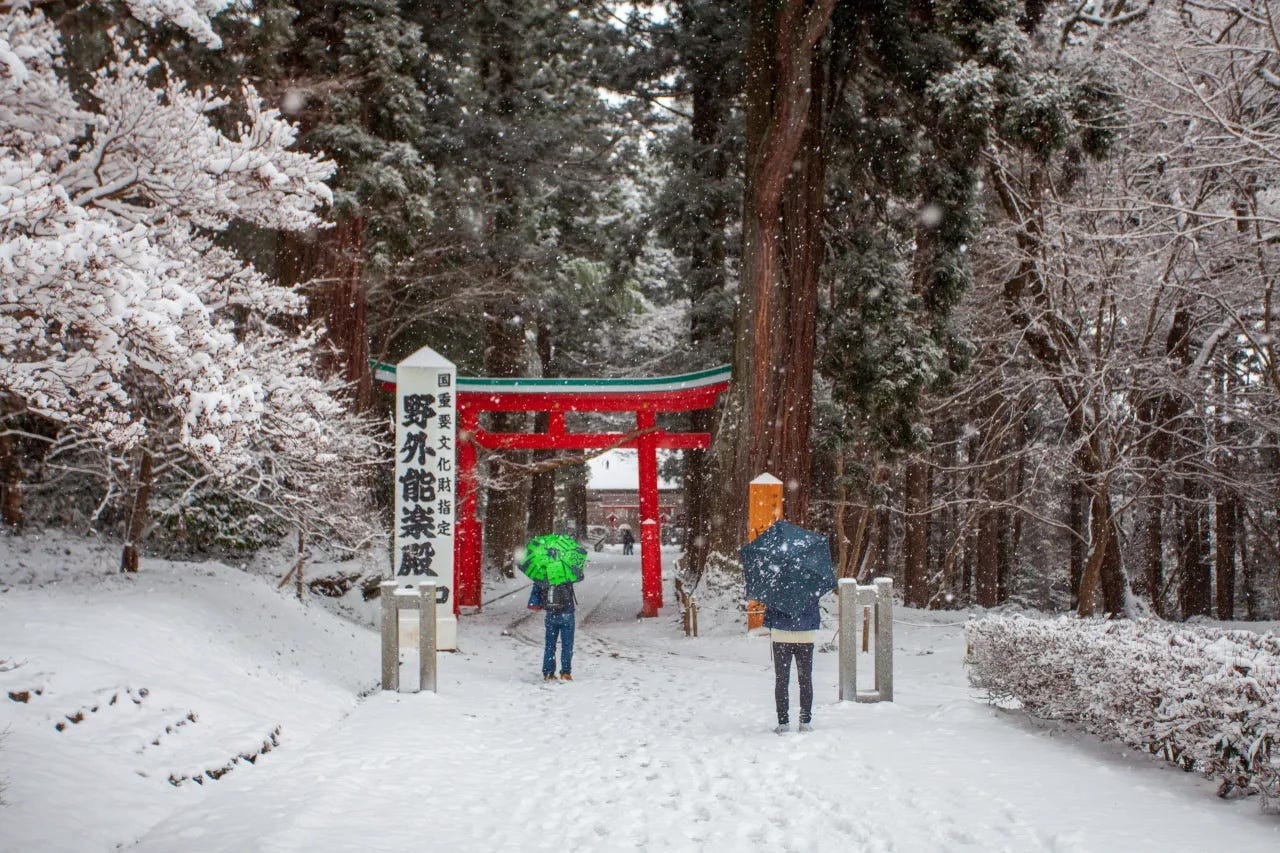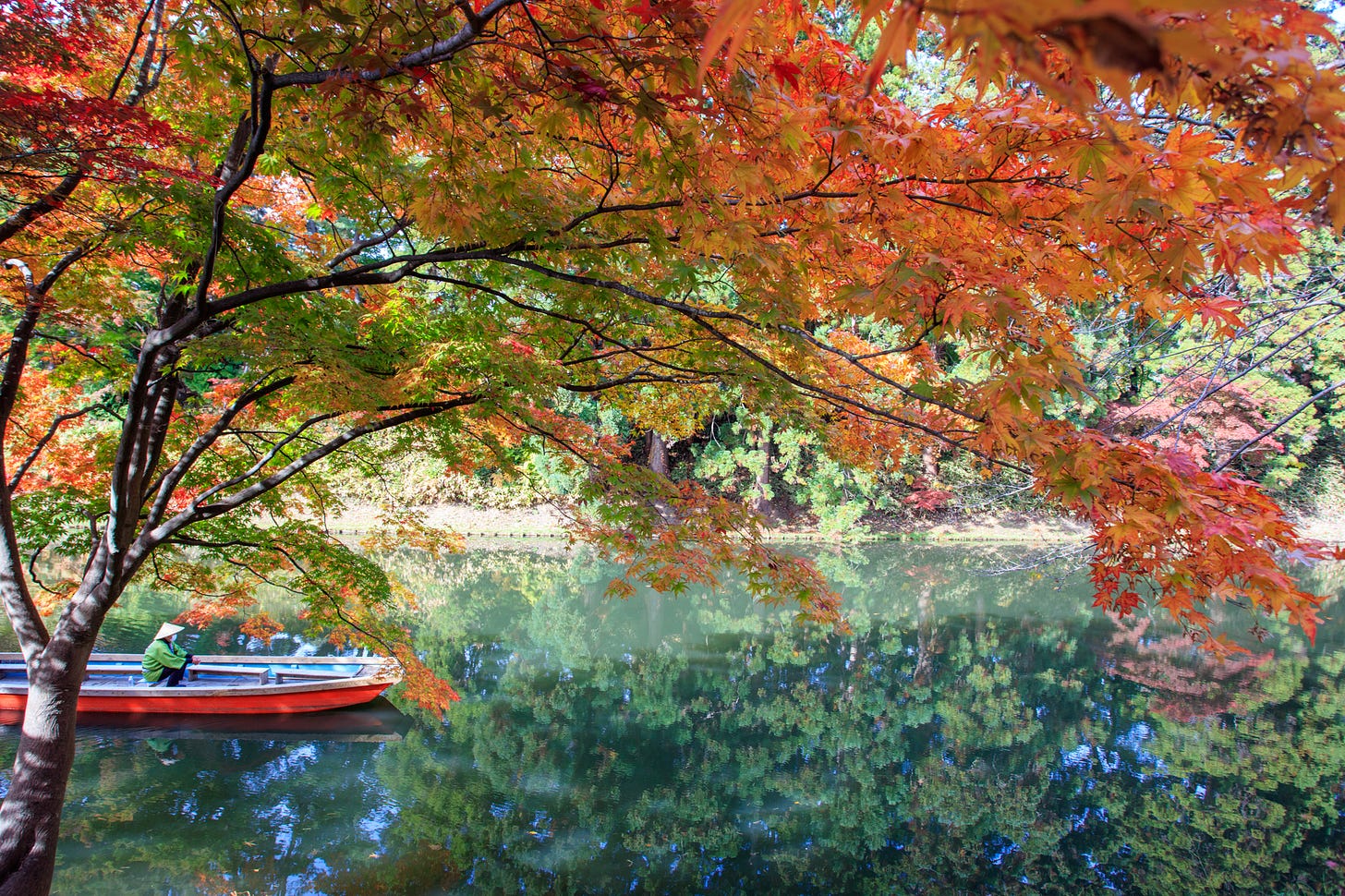Tohoku: One of Japan`s Least Explored Yet Most Rewarding Regions
Tohoku destination suggestions, one of my favorite regions in Japan.
One of my strange travel-related quirks is to avoid visiting certain destinations, even if I have heard overwhelmingly good things about those places (such as Patagonia). No, not because I am always on the lookout for the absolute off-the-beaten-path places and cannot bother to visit those already well-covered and highly-praised places. I have been to Kyoto, Paris, Rome, Venice, etc., enough times (and will never turn down an opportunity to experience their effortless yet alluring beauty) to make me an uncool traveler, or even worse – a cliche “tourist” ( I still cannot get my head around the fact that the word “tourist” somehow turned into an insult, what a strange age we live in).
It is only because I sometimes prefer to hold to the idea of a place and turn that into a travel enigma rather than actually visiting it. And Tohoku was that enigma for me – until that one “faithful” autumn morning when I hoped on a Shinkansen and traveled to Aomori, the northernmost city in Tohoku. This was three years ago, and I have been to Tohoku five more times since, both for leisure trips and travel assignments.
Tohoku, the region of Japan tucked between Hokkaido and Honshu, turned out to be everything that I dreamed it would be: beautiful nature, onsen tucked in the forests, some of the most underrated temples in Japan, and charming mid-size cities that somehow feel traditionally contemporary.
So whenever someone asks me where they should visit in Japan other than Tokyo and Kyoto, Tohoku is always among the top places that I recommend. The region, spread over seven prefectures, has something to please everyone. It is also one of the most convenient regions of Japan to visit by train if you are departing from Tokyo. Its northernmost city, Aomori, is only 3.5 hours on Shinkansen, whereas Fukushima prefecture can be accessed in less than 2 hours. JR East Pass, which allows five consecutive days of unlimited travel on all JR lines in the region, including Tohoku Shinkansen, is a great deal that comes at 30.000 Japanese Yen.
Should you decide to visit Tohoku during your Japan trip, these are some of my favorite sites and destinations in the region.
Chuson-ji Temple in Iwate: the underrated UNESCO treasure
I have to confess. I am unsure if I would find my way to Chuson-ji Temple, located in Iwate Prefecture if it was not included in the itinerary of a travel writing assignment. But I am glad that I did.
I visited Chuson-ji on a very snowy winter day, where an alley of giant trees covered by snow led the way, offered a truly memorable winter scenery, and made me literally jump due to overwhelming joy. The temple was registered as a UNESCO World Heritage site in 2011, along with selected sites in Hiraizumi. The complex, initially established in 850 as a temple for the Tendai sect of Buddhism, was expanded in the 12th century by the Fujiwara Clan, the ruling clan during the Heian Period of Japan (794-1185). The complex, which once housed dozens of temples and buildings, is still impressively large. It reminded me of Koyasan, located in Wakayama, also partially registered as UNESCO World Heritage.
The piece de resistance of Chuson-ji is the Konjikido Hall - the Golden Hall, a mesmerizingly beautiful structure covered in gold, which houses the mummified remains of the leaders of the Fujiwara Clan. The alluring beauty of Konjikido is often compared to the Golden Pavilion – Kinkaku-ji in Kyoto. Tokyo National Museum is currently holding a special exhibition celebrating the 900th anniversary of the construction of the Golden Hall until mid-April.
Hirosaki City: wonderful museum, one of the original castles of Japan, and a great dining scene
While Tohoku is known for its natural wonders, the region is also home to some of the finest mid-size cities in Japan. Hirosaki, located in Aomori Prefecture, is one the most rewarding mid-size towns that I have visited in Japan. I would put it in the same league as Matsumoto in Nagano. Both cities are excellent examples of cities in Japan where modern-day life perfectly blends in with and complements the city’s historical roots.
During the Meiji Restoration period in 1868, Hirosaki was among the towns that invited many Westerners for cultural exchange to speed up Japan’s integration into the rest of the world after a period of national seclusion. This period of exchange eventually led to many Western-style architecture in the city and the opening of many restaurants serving European cuisine, mainly French.
In addition to its overall relaxing vibe, the city also has two main attractions. Hirosaki is home to one of the last remaining original castles in Japan. Hirosaki Castle, surrounded by a large and gorgeous park, is particularly striking during the autumn color season.
Then there is the Museum of Contemporary Art, occupying an old, stylish brick building that used to be a brewery during the Meji Period. The museum launches two temporary exhibitions per year to feature artists that highlight the culture of Hirosaki and Tohoku. On the premises, there is a library, studio space, and a cafe where they offer delicious lunch sets.
Yamadera Temple: the name of the rose
Apologies to have mislead you with my title. Of course, Umberto Eco’s level depicts a monastery tucked deep in the mountains in Italy and not Japan, but if someone were to re-make the movie, Yamadera Temple, literally meaning mountain temple in Japanese, hidden in the mountains of Yamagata Prefecture would make the perfect filming location.
The temple was visited by famous Japanese poet Matsuo Basho in the 17th century, and inspired him to write one of his famous haikus dedicated to the stillness of the area.
The hike up to the temple requires you to negotiate 1000 steps, but the scenery along the route is beautiful enough to distract you from your woes. Once you reach the top, the main reward is the Godaido Hall, which offers magnificent views of the surrounding area.
While most people only visit the Yamadera, if you walk a little further down the main street (without the detour to the steps leading to the main temple), you will be greeted by a modest temple marking the trailhead for the “Hidden Yamadera”, which is reportedly the original location of the temple. The hike requires a relatively easy 30-minutes climb through a beautiful forest.
The Hidden Yamadera offers a very different feel compared to the main temple with unique rock formations and a torii gate dominating the scenery.
Oirase Stream and Lake Towada: true hidden gem
Oirase Stream and Lake Towada, located in Aomori Prefecture, are two popular and neighbouring destinations for local travelers but both are still relatively unknown to the international visitors.
Oirase Stream with a 8-kilometers hiking trail accompanying it is one of the prime fall colors viewing spots not only in Tohoku but the entire Japan. Towada, on the other hand, is a very small and cozy town positioned right by Lake Towada.
Home to traditional Japanese style eateries and modern cafes, I found Towada to be a very pleasant town to visit for a few days. There is a shrine that you can hike up to, along with a walking trail next to the lake. I highly recommend that you stop by the Marine Blue, a cozy cabin style cafe again sitting right by the lake offering simple breakfast and delicious apple pies. Towada`s proximity to beautiful Oirase Stream also makes it a perfect base for a fall colors viewing trip.
Aoni Onsen in Aomori: my favorite onsen in Japan
I could not help listing Aoni Onsen on the list. After all, I have been gushing about it everywhere. Located near Kuroishi town, Aoni Onsen is an independent facility that is not part of any larger onsen town. And I think this is what makes a stay in Aoni a truly exceptional experience.
Oh, and there is no electricity, phone, or Wi-Fi connection in the onsen, and the entire facility is lit with oil lamps. This is one of the most atmospheric onsen experiences that you can have in Japan, if not the most.
Kakunodate, one of the best-preserved Samurai towns
Kakunodate is a unique town that has remained relatively unchanged since its establishment in 1620 during the Edo period (1603-1867). I have been fortunate to visit the area multiple times for personal and work trips. While I think it is at its best during the winter when snow elevates the allure of the novel-like and historical atmosphere owed to all wooden buildings, Kakunodate is also very popular during the fall colors viewing season in October.
The town, located in Akita Prefecture, is home to several samurai homes open to visitors, family-run traditional soy sauce breweries, and both traditional and quirky restaurants. Served by Shinkansen, Kakunodate is a wonderful choice for those who want to experience how life might have felt during the Samurai era.
Kakunodate also makes a perfect base to visit many other rewarding sites that Akita has to offer, including Nyuto Onsen village and Lake Tazawako.
These are only six sites/destinations that I love and repeatedly visit in Tohoku. But the region is home to countless other sites and deserves at least one full week. Thanks to extensive Shinkansen and local train network, the main destinations and even some of the smaller towns are easily accessible, making it a relatively convenient region to explore even for – carless – solo travelers.
Are you looking for more places to visit in Japan?
You can start with my Japan travel guide here.
If you are not short on time, there are countless other destinations in Japan. Getting off the mainland to visit the smaller islands is a wonderful option to experience the “extremely” rural life centered around the ocean. These are some of my favorite islands in Japan.
If you like hiking, you are in luck. Mountains cover 70% of Japan`s land, and host thousands of trails fit for both beginner and advanced hikers, these are some of the hikes in Japan easily accessible with public transportation.
To experience the famous onsen (hot springs) culture of Japan, you can check out my post where I listed some of my favorite onsen in Japan.
If you visit Japan during the fall colors season, these are some of my favorite fall foliage viewing destinations in the country.












